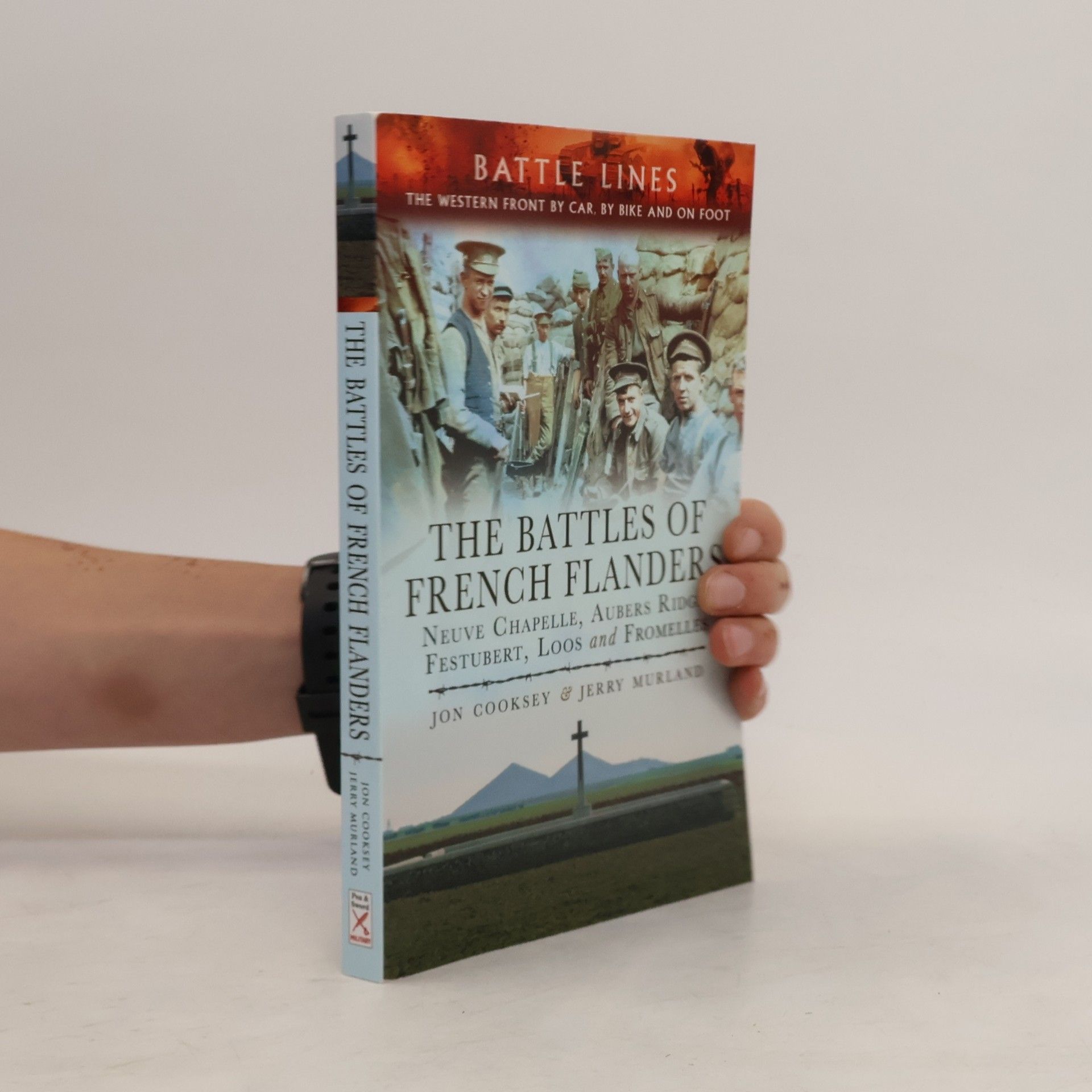This walking, cycling and driving guide to the principal British battles of 1915 on the Western Front covers the actions at Bois Grenier, Neuve Chapelle, Aubers Ridge, Givenchy, Festubert, Loos and the 1916 battle at Fromelles and is packed with practical information and vivid detail.
Jon Cooksey Livres
Jon Cook Cooksey est un historien militaire éminent qui se concentre particulièrement sur l'histoire des guerres mondiales. En tant que rédacteur de Stand To!, la revue de la Western Front Association, et guide expérimenté des champs de bataille, il apporte une profondeur de connaissance unique à son sujet. Ses écrits explorent les complexités des conflits militaires, offrant aux lecteurs des aperçus profonds du passé. Ses analyses sont appréciées pour leur détail et leur capacité à donner vie aux événements historiques.






Operation Tonga
- 144pages
- 6 heures de lecture
This is the third book in the popular Elite Forces Operations Series it will appeal to all interested in Operation Market Garden.
Flanders 1915
- 144pages
- 6 heures de lecture
Tells the story, through previously unpublished photographs and extended captions, of one of those eager Territorial battalions posted to Flanders during the first twelve months of WW1. This book is a portrait of the 'great adventure' of war in the days before Loos, the Somme and Passchendaele and the resulting lengthy casualty lists.
Calais
- 160pages
- 6 heures de lecture
The guide will take the visitor beyond the ferry terminal and hypermarkets to reveal the hidden Calais and the actions of individuals and units in this defence.
Boulogne
- 192pages
- 7 heures de lecture
Boulogne - 23 May, 1940. A town under siege. A rampant German panzer division hammers at its gates. Panic in the street and chaos on the docks. Air Raids. Frightened refugees and dispirited Allied soldiers scramble to escape. Churchill sends battalions of the Irish and the Welsh Guards, to help the French garrison stem the German tide. schovat popis
Falklands Hero: Ian McKay - The Last VC of the 20th Century
- 272pages
- 10 heures de lecture
The biography offers an intimate look at Sgt Ian McKay, drawing on Jon Cooksey's unique access to the soldier's family and former comrades. Through personal anecdotes and insights, the book reveals McKay's life, character, and experiences, providing a comprehensive portrait of a remarkable individual.
Walking, cycling and driving guide to key sites on the Somme battlefield.